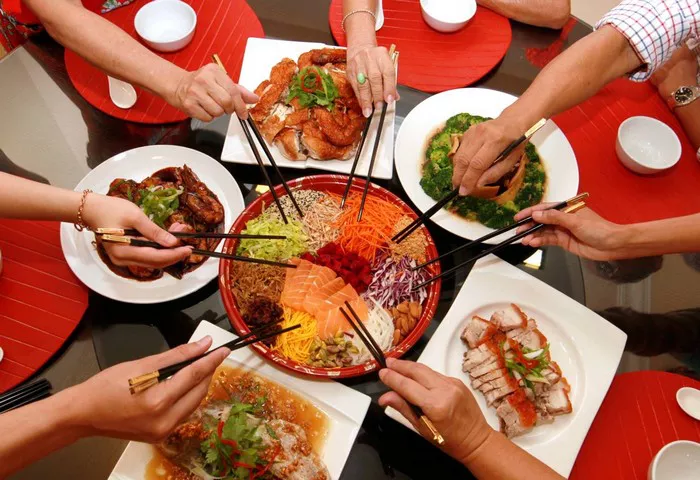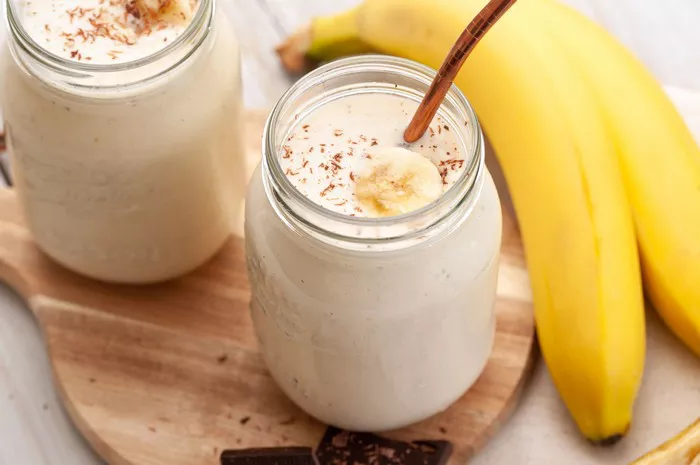As the holiday season approaches, many of us eagerly anticipate the festive feasting that comes along with it. One beloved treat that has become synonymous with Christmas celebrations is the Yule log cake. This delectable dessert, often known simply as a Yule log or Bûche de Noël in French, holds a rich history and a special place on holiday tables around the world. Let’s dive into the origins, symbolism, and delightful variations of this mouthwatering Christmas delight.
Origins of the Yule Log Cake: A Culinary Tradition
The Yule log cake’s history can be traced back to ancient pagan winter solstice celebrations. During the winter solstice, as people gathered to welcome the return of longer days and the triumph of light over darkness, a large log was ceremoniously burned. This log, often from an oak tree, was believed to have protective and purifying powers. It was kept burning throughout the celebration, which typically lasted several days. As Christianity spread across Europe, this pagan tradition melded with Christmas festivities, and the Yule log’s symbolism transformed to represent the warmth of the season and the light of Christ.
The Symbolism of the Yule Log Cake
The transition from a burning log to a culinary masterpiece was a gradual process that took place over centuries. By the 1600s, the Yule log had evolved into a dessert shaped like a log, made of sponge cake or jelly roll and coated in chocolate or rich ganache. Its shape and decoration continued to reflect the idea of a real log, complete with bark-like textures and often adorned with meringue mushrooms, marzipan holly leaves, and powdered sugar snow. The Yule log cake became a symbol of good luck for the coming year and a representation of the hearth’s warmth during the festive season.
Crafting the Perfect Yule Log Cake
The art of creating a Yule log cake is a combination of baking skill and creative flair. The cake itself can be made from various flavors, such as chocolate, vanilla, or coffee, and is typically rolled with a luscious filling, often a flavored buttercream or cream cheese frosting. The exterior of the cake is then coated with a layer of chocolate ganache or buttercream, which serves as the base for the log’s realistic appearance.
To achieve the characteristic bark-like texture, the ganache or buttercream is carefully textured using a fork or a spatula. This step requires precision and attention to detail, as the final result should mimic the rough texture of tree bark. Once the exterior is perfected, the cake is often adorned with festive decorations, ranging from powdered sugar to create a snowy effect to intricately crafted edible figurines that bring the woodland scene to life.
Variations on Tradition: Modern Yule Log Cakes
While the traditional Yule log cake remains a favorite, modern variations have emerged that cater to diverse tastes and dietary preferences. For those seeking a lighter option, a Yule log made with a sponge cake and fresh fruit filling offers a refreshing twist. Additionally, bakers have experimented with a myriad of flavors, including red velvet, caramel, and even matcha green tea, to suit contemporary palates.
Gluten-free and vegan Yule log cakes have also gained popularity, allowing individuals with dietary restrictions to partake in the holiday indulgence. These versions use inventive substitutes for traditional ingredients, such as almond flour or aquafaba, to achieve the same delectable textures and flavors.
The Joy of Creating and Sharing
One of the most heartwarming aspects of the Yule log cake tradition is the joy it brings to both bakers and those who savor the finished product. The process of crafting a Yule log cake is an opportunity for creativity to shine. From shaping the sponge cake to meticulously decorating the exterior, every step is a labor of love that culminates in a visually stunning dessert. Bakers often find themselves immersed in the holiday spirit as they bring this festive tradition to life in their kitchens.
Sharing a Yule log cake with friends and family is a time-honored tradition that fosters a sense of togetherness. As the cake is sliced and served, it becomes a centerpiece for joyous gatherings, evoking memories of holidays past and creating new ones for the future. The act of sharing food has always held cultural significance, and the Yule log cake beautifully embodies this sentiment during the Christmas season.
Conclusion
The Christmas Yule log cake is more than just a dessert; it’s a symbol of joy, togetherness, and the magic of the holiday season. From its origins in ancient winter solstice rituals to its evolution into a culinary masterpiece, the Yule log cake has captured the hearts and taste buds of people around the world. Whether adorned with traditional decorations or reimagined with contemporary flavors, this beloved treat continues to bring delight to Christmas celebrations, uniting generations in a shared appreciation for tradition, creativity, and the simple pleasure of indulging in something truly special.





















